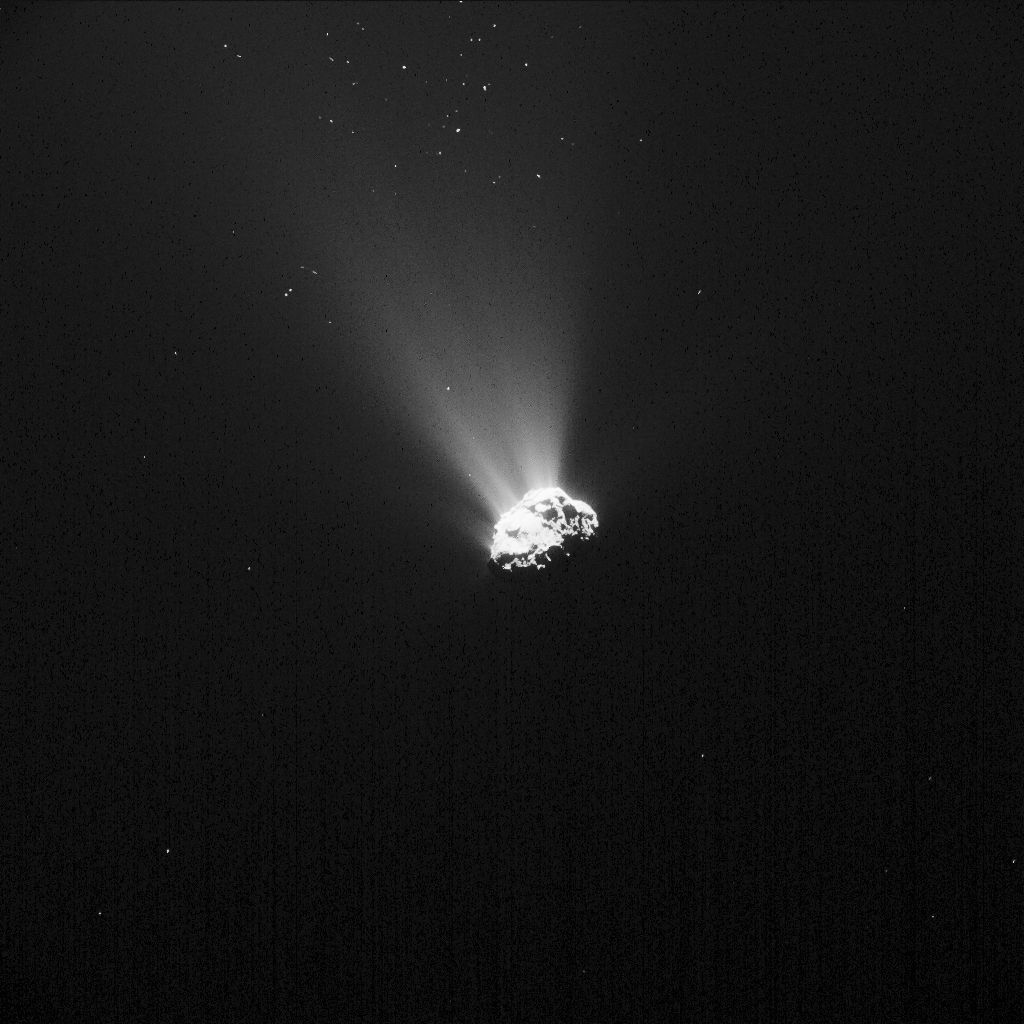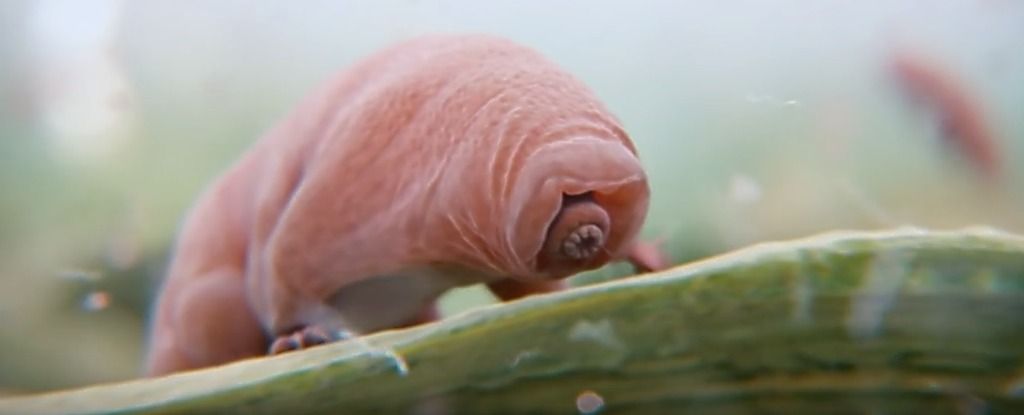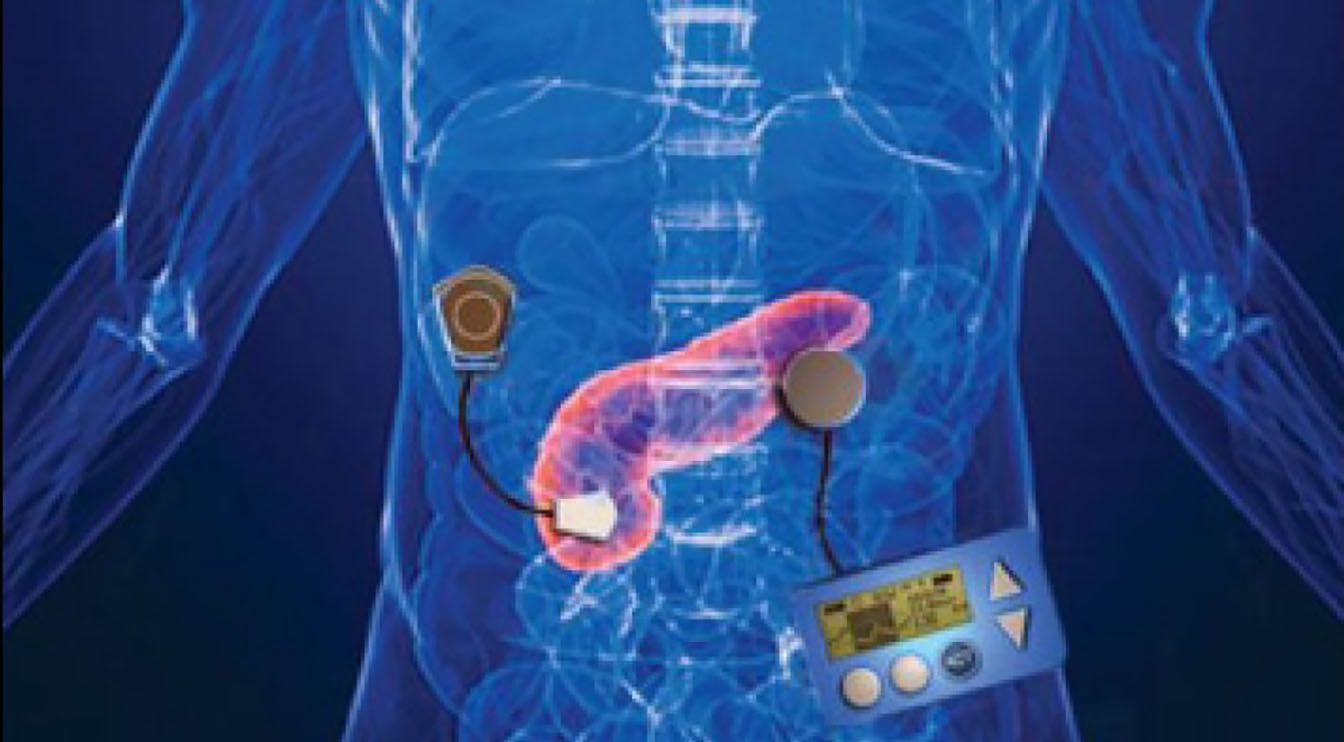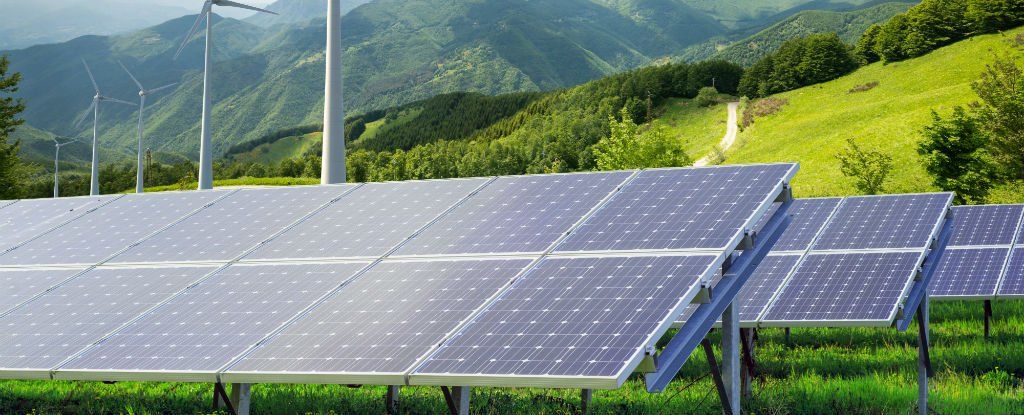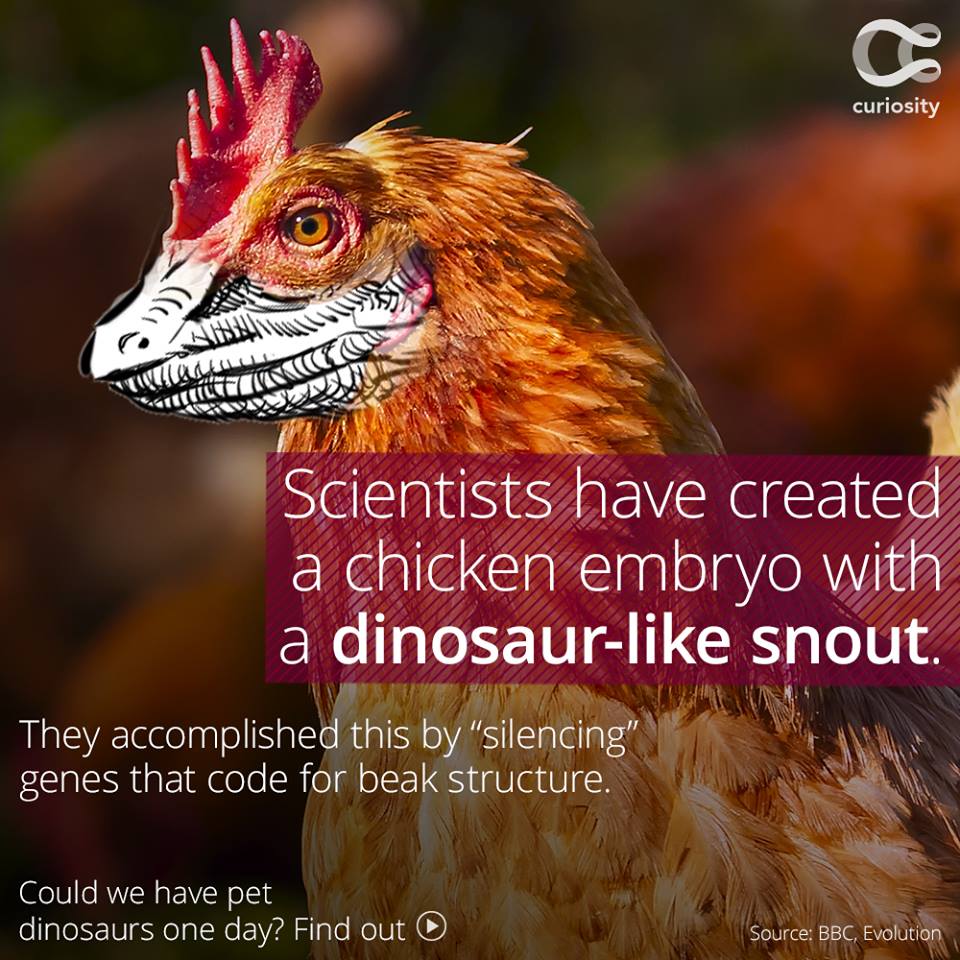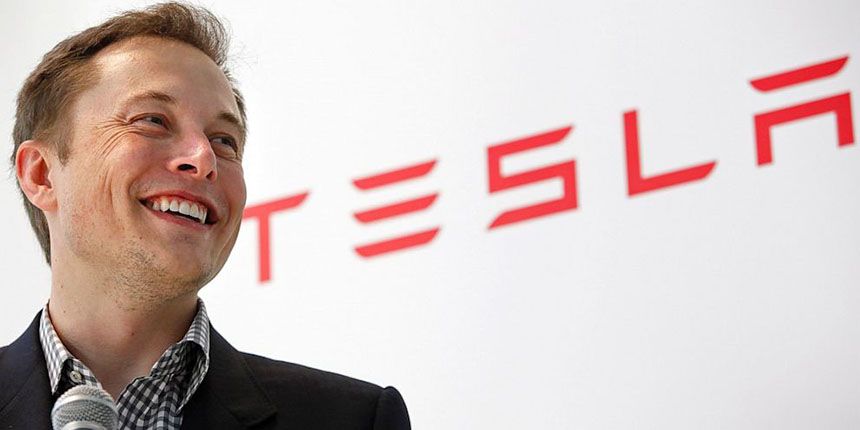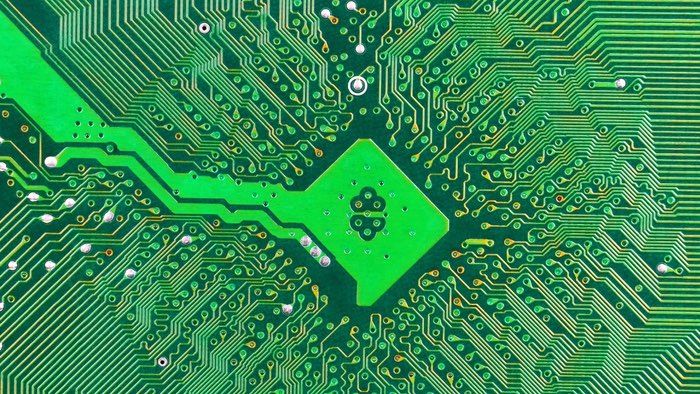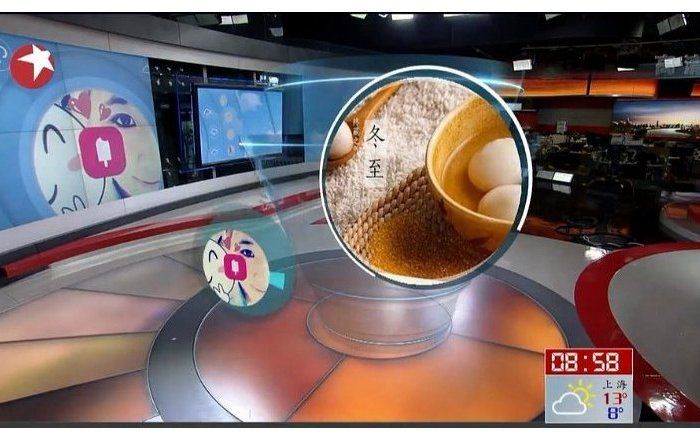Dec 26, 2015
ESA Makes Last-Ditch Effort To Recontact Comet Lander
Posted by Bruce Dorminey in category: space
Philae and Rosetta have already been spectacular successes, but ESA wants to tease some last minute new data from the comet lander on 67P/C-G if it can re-establish contact.
More than a year after the European Space Agency’s (ESA) Philae spacecraft made history with the first-ever successful touchdown on the surface of a comet — 67P/Churyumov-Gerasimenko, its Rosetta spacecraft is still trying to re-establish contact with its now-silent lander.
“We’re trying to contact the lander once more before that area goes back into shadow,” Joel Parker, Deputy Principle Investigator on Rosetta’s ALICE ultraviolet spectrograph and a planetary scientist at the Southwest Research Institute (SWRI) in Boulder, told me. “We’re really trying to coordinate the spacecraft distance- and location-wise to optimize communication.”
Continue reading “ESA Makes Last-Ditch Effort To Recontact Comet Lander” »
